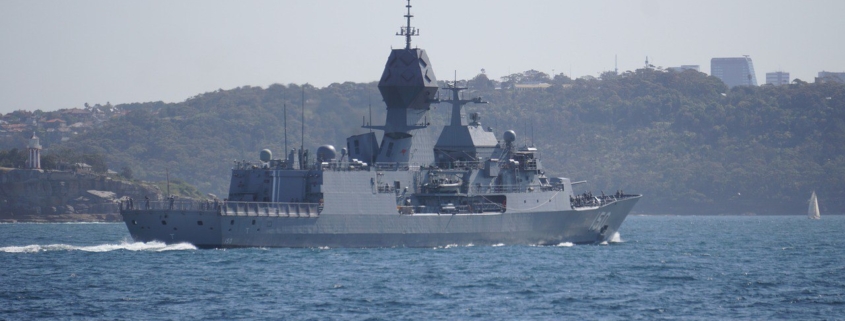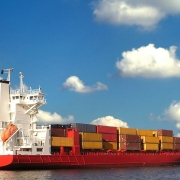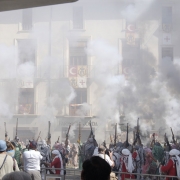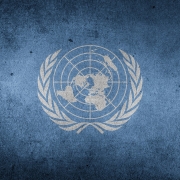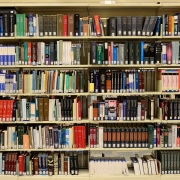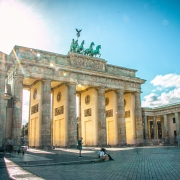How did ASEAN respond to the South China Sea dispute?
Topic of Study [For H2 History Students]:
Paper 2: Regional Conflicts and Co-operation
Source Based Case Study
Theme III Chapter 2: ASEAN (Growth and Development of ASEAN: Building regional peace and security – relations between ASEAN and external powers)
Historical context
In the 1990s, ASEAN faced a new challenge, particularly the need to maintain amicable relations with a rising Great Power in a multipolar world. While China stood on the same side as ASEAN in response to the Third Indochina War in the 1980s, the latter was once again put to the test. This time, the contention lies with the strategic body of water, known as the South China Sea.
By some estimates, the South China Sea is one of the most valuable strategic locations on the planet. It has proven oil reserves of 7 billion barrels and 900 trillion cubic metres of natural gas, and is traversed by half the world’s merchant fleet tonnage and a third of all maritime traffic. The value of trade passing through it annually is estimated at over US$3 trillion. This provides a lucrative incentive to littoral states to assert even tenuous claims, and unsurprisingly, there is fierce competition among them to carve out a piece of this prized marine real estate.
An excerpt taken from “The Oxford Handbook of International Law in Asia and the Pacific” by Simon Chesterman Hisashi Owada and Ben Saul.
Tensions on the rise: ASEAN’s diplomacy
Although member states like the Philippines had competing claims as well, China agreed to participate in meetings with ASEAN, as seen by its involvement in the China-ASEAN Senior Official Meeting (SOC) in April 1995. Notably, the meeting was held in Hangzhou after the ‘Mischief Reef’ incident two months earlier.
On 8 February 1995, the Philippines identified eight Chinese ships in vicinity of the Mischief Reef, which was about 200 kilometres from the Philippine island of Palawan. In response, the Philippine President Fidel Ramos cricitised China’s action. The dispute escalated tensions as Chinese territorial markers were destroyed and Chinese fishermen were arrested in March.
The de-escalation of the dispute started in the mid-1990s and was illustrated by a process of multilateral dialogue that began shortly after the 1995 Mischief Reef incident. […] Though China was not mentioned, the ASEAN foreign ministers expressed “their serious concern over recent developments which affect peace and stability in the South China Sea.” They also called “for the early resolution of the problems caused by the recent developments in Mischief Reef.” The statement was supported by Vietnam. On the eve of the first ASEAN-China Senior Officials Meeting (SOM) in Hangzhou in April 1995, Chinese and ASEAN officials met for an informal meeting during which the latter expressed their concern about China’s aggressive action.
An excerpt taken from “Security and International Politics in the South China Sea: Towards a co-operative management regime” by Sam Bateman and Ralf Emmers.
As a result of ASEAN’s call for a peaceful response to the dispute, the Chinese Foreign Minister Qian Qichen (钱其琛) declared prior to the second ASEAN Regional Forum (ARF) in August 1995 that China was ready to hold multilateral talks. In addition, China would accept the United Nations Convention on the Law of the Sea (UNCLOS) of 1982 as a “basis for negotiation”.
After the ARF, ASEAN openly called on all parties to adhere to the ASEAN Declaration on the South China Sea. Additionally, the regional organisation pushed for a “Code of Conduct in the South China Sea”, which China agreed to sign in 2002. In essence, the ‘Declaration on the Conduct of Parties in the South China Sea‘ (DOC in short) ensured that China accepted a multilateral solution to the territorial dispute.
ASEAN and the PCA: A divided response?
Yet, the DOC did not mean much in the later stages. The Code was often flouted by claimants that included some ASEAN member states as well as China. In 2013, the Philippines lodged a case with the Permanent Court of Arbitration (PCA), signifying the first ever legal challenge to the territorial dispute.
On 12 July 2016, the PCA announced that its decision was in favour of the Philippines. The Tribunal objected to China’s claim based on the ‘Nine-Dash Line‘, asserting that there was “no legal basis” to claim “historic rights to resources”. More importantly, the Mischief Reef formed part of the Exclusive Economic Zone (EEZ) and continental shelf of the Philippines. As such, China had violated the Philippines’ sovereignty when it developed an artificial island on Mischief Reef.
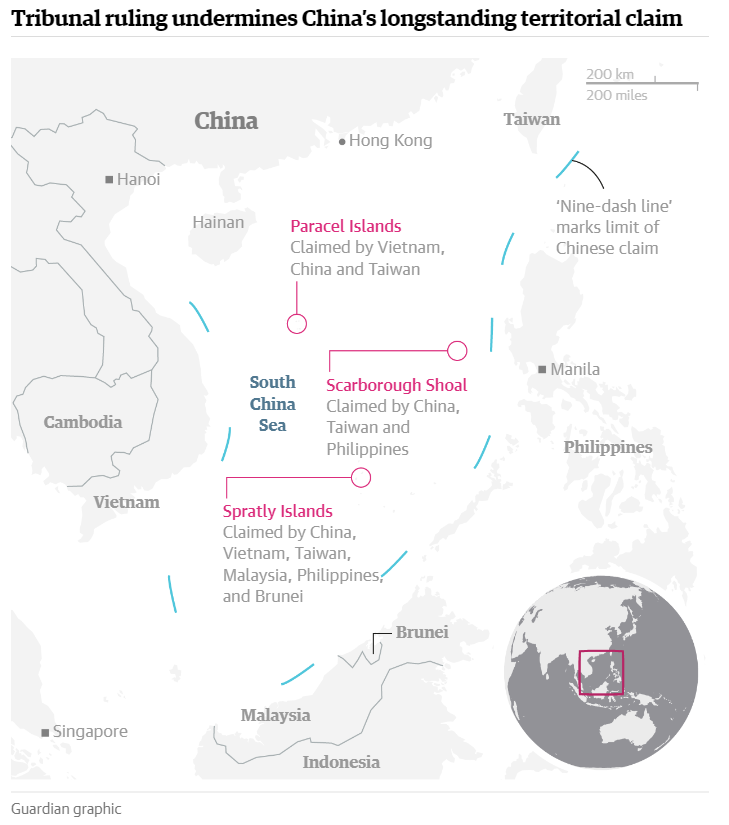
As expected, China rejected the Tribunals’ findings. At the same time, China backed the position of Laos and Cambodia on this matter. A key point to note is that the Cambodian government announced that it would not support the Tribunal’s verdict, even before the PCA made its decision public. The Cambodian leader Hun Sen repeatedly stressed that the South China Sea dispute was not an issue between ASEAN and China.
Cambodia’s official statement very clearly reflected the preferences of the Chinese: “Cambodia views that this arbitration case is to settle the dispute brought by the Philippines against China, and this proceeding is not related with all of the ASEAN Member States … Therefore, Cambodia will not join in expressing any common position on the verdict of the Permanent Court of Arbitration that will render its decision on the dispute between the Philippines and China.” With that, China successfully divided ASEAN.
An excerpt taken from “Dividing ASEAN and Conquering the South China Sea: China’s Financial Power Projection” by Daniel C. O’ Neill.
What can we learn from this article?
Consider the following question:
– Assess the view that Great Power politics were the key obstacle to ASEAN’s role in managing the South China Sea dispute.
Join our JC History Tuition to learn more about ASEAN. The H2 and H1 History Tuition feature online discussion and writing practices to enhance your knowledge application skills. Get useful study notes and clarify your doubts on the subject with the tutor. You can also follow our Telegram Channel to get useful updates.
We have other JC tuition classes, such as JC Math Tuition and JC Chemistry Tuition. For Secondary Tuition, we provide Secondary English Tuition, Secondary Math tuition, Secondary Chemistry Tuition, Social Studies Tuition, Geography, History Tuition and Secondary Economics Tuition. For Primary Tuition, we have Primary English, Math and Science Tuition. Call 9658 5789 to find out more.

